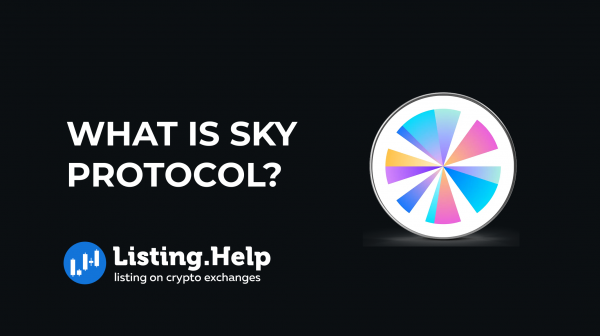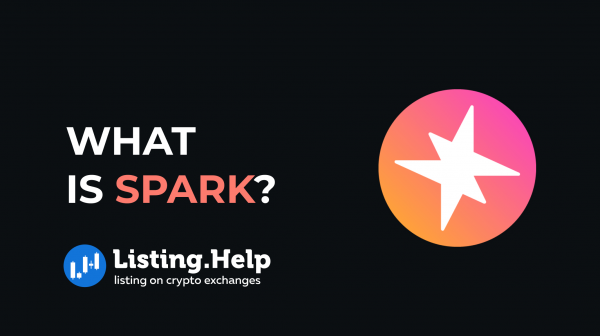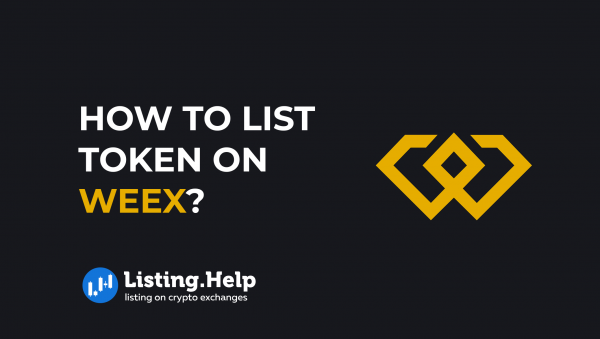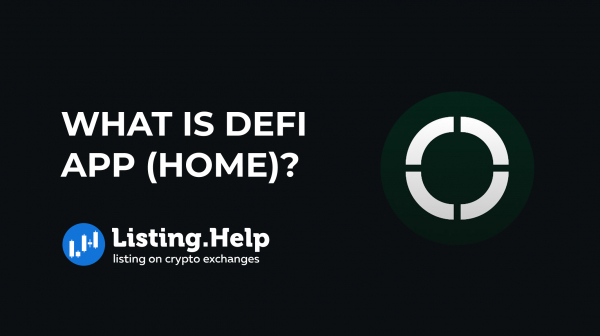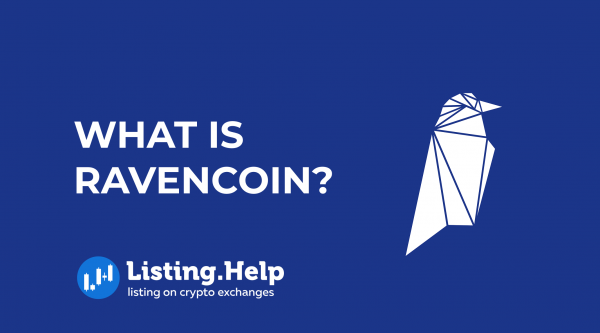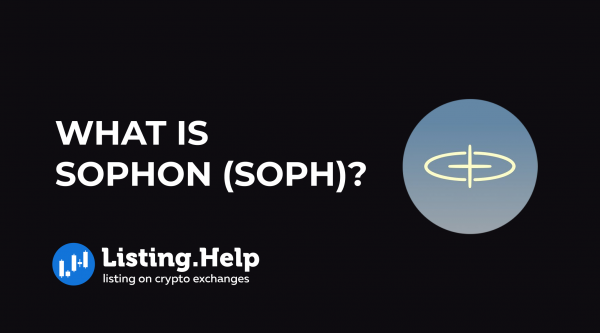What is an Option Contract? How Does It Work?
 March 21, 2024
March 21, 2024 Updated: January 27 2025, 07:18
Updated: January 27 2025, 07:18
LEAVE A REQUEST
Launching your own token project? Our experts are ready to help with listing on exchanges, market making, marketing and other solutions
SUBMIT APPLICATIONAn options contract represents an arrangement granting a trader the privilege to purchase or sell an asset at a fixed price, on or before a specific date. While this might seem akin to futures contracts, there’s a significant distinction: traders who acquire options contracts aren’t compelled to execute the transaction.
These contracts are a type of derivative, drawing their value from an array of underlying assets such as stocks, cryptocurrencies, or even financial indices. Traders often employ options contracts to shield their investments from risk or to engage in speculative trading.
How do Options Contracts Work?
Options contracts are financial instruments divided into two main categories: calls and puts. A call option allows the holder to buy an asset at a set price, while a put option grants the right to sell. Investors typically opt for call options when they anticipate an asset’s value will rise and put options when they expect a decline. Some may use these contracts to speculate on market stability or to strategize around market volatility by mixing calls and puts.
An options contract is characterized by four main elements: the number of contracts (size), the deadline by which the option must be exercised (expiration date), the predetermined buy or sell price (strike price), and the cost to purchase the option (premium). The contract size denotes how many units are involved. The expiration date marks when the option expires. The strike price is the agreed-upon amount for buying or selling the asset if the option is exercised. The premium is what the buyer pays to the seller for the right to choose whether to execute the transaction, reflecting the option’s market value and fluctuating as the expiration date approaches.
In essence, if the market price exceeds the strike price, a trader can secure the asset below market value, considering the premium. If the strike price surpasses the market value, there’s little incentive to exercise the option, rendering it worthless. Should the option go unexercised, the purchaser forfeits only the premium.
While option buyers have the discretion to exercise their rights, sellers must comply with the buyer’s decision. For instance, if a buyer exercises a call, the seller must sell the asset; if a put is exercised, the seller must buy it. Consequently, sellers face more substantial risks than buyers, who risk only the premium. Conversely, sellers can incur significant losses based on market price fluctuations.
Contracts differ in when the option can be exercised. American options allow exercise at any point up to the expiration, whereas European options only permit exercise at the expiration. These terms are standard in the industry and aren’t linked to geographic location.
Options premium
The cost of an option’s premium is shaped by several factors. In essence, four key elements impact this value: the price of the asset to which the option is tied, the option’s strike price, the remaining time until the option expires, and the market or index’s volatility. The influence of these factors varies between call and put options, as summarized below:
– For call options, the premium rises with an increase in the asset’s price but falls when the strike price goes up or as the expiration date approaches. Higher volatility also boosts the premium.
– Conversely, for put options, the premium increases when the asset’s price drops or the strike price rises, but it decreases over time or with diminished volatility.
The interplay of these factors is straightforward: the asset’s price and the strike price have inverse effects on calls and puts. As the expiration date draws closer, the premium typically decreases for both types of options, reflecting the diminishing likelihood of a favorable outcome for the trader. Conversely, heightened volatility tends to push the premium higher, given the greater uncertainty and potential for profit. Thus, the option’s premium is the cumulative result of these dynamics and potentially other influencing factors.
What are Options Greeks?
Options Greeks serve as tools that gauge various factors influencing an option’s price. They are essentially statistical metrics that assess the risk associated with an option, factoring in different market dynamics. Here’s an overview of the main Greeks and their functions:
– Delta is an indicator of how an option’s price is expected to move relative to a $1 change in the underlying asset’s price. For example, a Delta of 0.6 means the option’s price might shift by $0.60 for every $1 change in the asset.
– Gamma tracks how Delta itself changes. If Delta shifts from 0.6 to 0.45, then Gamma would be 0.15, indicating the rate at which Delta evolves.
– Theta represents how the price of an option responds to time’s passage, specifically how much the price might decrease as the option nears its expiration date.
– Vega shows the sensitivity of the option’s price to a 1% shift in the underlying asset’s implied volatility. A rise in Vega usually corresponds to an uptick in the prices of both call and put options.
– Rho measures how an option’s price might change with variations in interest rates, implying that rising rates tend to boost call prices and reduce put prices. Hence, Rho is typically positive for calls and negative for puts.
Hedging, Speculative Trading, and Basic Strategies
An elementary hedging approach involves purchasing put options for stocks already owned by the trader. This strategy provides a safety net, as the put options can offset potential losses if the stock prices drop.
Take the case of Alice, who owns 100 shares purchased at $50 each, anticipating a price rise. To safeguard against potential declines, she buys put options with a strike price of $48, incurring a $2 premium per share. If the stock price falls to $35, she can activate her put options to sell at $48 per share, thus reducing her losses. If the stock price increases, Alice’s loss is confined to the premium paid. Her break-even point would be at $52 per share, and her maximum loss is capped at $400, accounting for the premium and the potential loss if she sells at $48 per share.
Options are also popular in speculative trading. Traders optimistic about a price increase may purchase call options, benefiting if the asset’s price surpasses the strike price. An option is “in-the-Money” if it’s profitable, “at-the-Money” if it’s at the break-even point, and “out-of-the-Money” if unprofitable.
There are various strategies in options trading, grounded in four fundamental positions: buying calls, buying puts, selling calls, and selling puts. Each strategy, like protective puts, covered calls, straddles, and strangles, hinges on a combination of these positions.
– A protective put is buying a put option for an asset you own, akin to Alice’s strategy, offering downside protection while retaining upward potential.
– A covered call entails selling a call option on an asset you own, generating premium income while risking having to sell if the asset’s price rises.
– A straddle is the simultaneous purchase of a call and put with the same strike price and expiration, capitalizing on significant price movements in either direction.
– A strangle, similar to a straddle but with out-of-the-Money options, requires more significant price movement for profitability but costs less to establish.
Advantages of trading options::
– Offers protection from fluctuations in the market.
– Provides greater versatility in speculative endeavors.
– Supports a variety of trading approaches, each with its own risk and reward dynamics.
– Enables profits from rising, falling, and stagnant market conditions.
– Can lower the initial costs of establishing market positions.
– Facilitates the execution of multiple transactions at once.
Disadvantages of options trading::
– The operational aspects and the way premiums are calculated can be complex.
– Carries significant risk, particularly for those selling contracts.
– Entails more intricate strategies than standard trading options.
– Often suffers from limited liquidity in the options market, deterring many traders.
– The worth of an option’s premium is subject to high volatility and typically diminishes as the option nears expiry.
Conclusion
Options provide investors with the option to purchase or sell an asset at a future date, irrespective of its market price. These contracts are adaptable, serving not just for speculative trading but also for implementing hedging tactics.
However, it’s crucial to recognize that trading in options and other derivative instruments carries significant risks. Traders should thoroughly grasp the workings of these contracts before engaging in them. Understanding the various call and put combinations and the risks associated with each trading strategy is essential. Additionally, incorporating risk management tactics alongside technical and fundamental analysis is advisable to mitigate potential losses.

To gain deeper insights and stay updated with the latest trends and developments in blockchain technology, we invite you to explore our blog at https://listing.help/blog/.






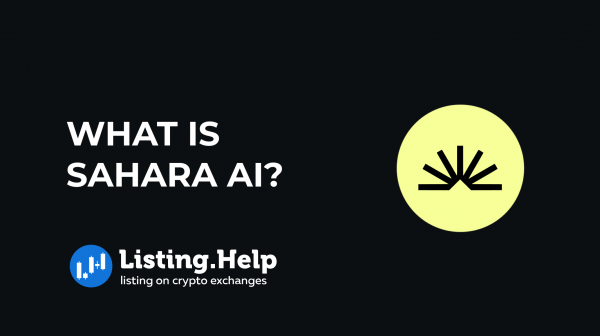
 July 2, 2025
July 2, 2025 